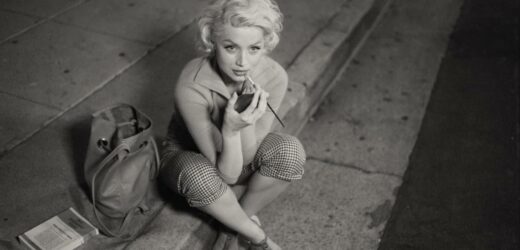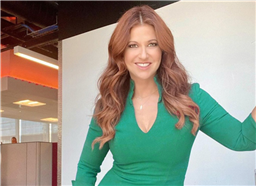Sound designer/re-recording mixer Leslie Shatz has used his finely tuned skills to service many movies, from cutting Yoda’s dialogue in “The Empire Strikes Back” to collaborating with Toto on David Lynch’s “Dune.” Yet with “Blonde” (now streaming on Netflix), based on author Joyce Carol Oates’ fictionalized look at Marilyn Monroe’s life and death, he and filmmaker Andrew Dominik (“Killing Them Softly,” “The Assassination of Jesse James by the Coward Robert Ford”) reunite a third time to create a striking sonic experience.
“Andrew’s very untraditional in terms of sound,” Shatz says. “He wants sounds to have an emotional context.”
In order to immerse audiences in their heroine’s psychological trials, the team crafts a soundscape that augments the narrative’s thematic resonance. “One of the things we talked about was to keep the sound moving, [to give it] a swirling feeling to keep you in a dreamlike state, or keep you unsettled, with the world constantly moving around you.” Shatz continues, “I experimented with panning the music also, because the music had a very dreamlike aspect to it that lent itself to being moved around the room.”
As Norma Jeane herself transformed into the silver-screen persona of Marilyn Monroe, star Ana de Armas changed her own natural Cuban accent into the icon’s breathy voice. “Ana wanted to perfect the voice of Marilyn in post and she devoted much time and energy to it.” The process proved beneficial. “We took it under a microscope.” This included recording dialogue for recreations of Monroe’s films utilizing period-specific equipment. “We were using a ribbon mic and a way that the instruments record her, using equipment and processing to give it a period feel.”
Bringing in ambient sounds of children playing and street traffic from real-life locations that Monroe visited added a grounded reality to the film’s surrealist bent. “Because we didn’t fill it up with a lot of prosaic sounds, any sound had to be right. You couldn’t bury it in the mix of a lot of other noise going on.” Shatz elucidates, “The swimming pool [sound] was from that Bel-Air location. The props were very specific. The phone ring is absolutely accurate for that particular telephone.”
Their technique was simple: “We often would key sounds to eye movements, like when she walks to the car that’s going to take her to [get an] abortion for the first time. It’s very quiet. It’s very specific sounds of the birds and her footsteps timed to her face and eye movement.”
While much of the picture relies on what we’re hearing as part of the experience, the hushed silences are equally as important. “The fellatio scene with JFK, we had all that covered with sound — visceral for her, doing what she’s doing. We worked on it and looked at it and Andrew was like, ‘No, that’s too much.’”
Similar to Monroe’s image, sound is a deliberately provocative tool. “It’s not trying to be sugar-coated. We were trying to have a lot of dynamics.” Still, Shatz concedes, “It’s all experimentation; you never know what’s actually going to stick and what doesn’t.”
Read More About:
Source: Read Full Article


